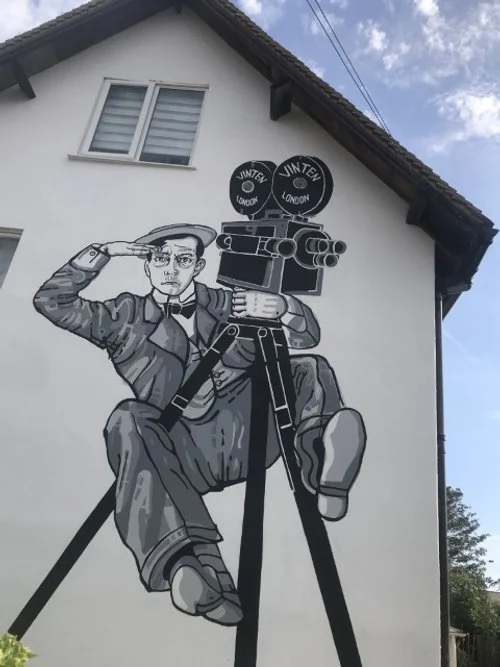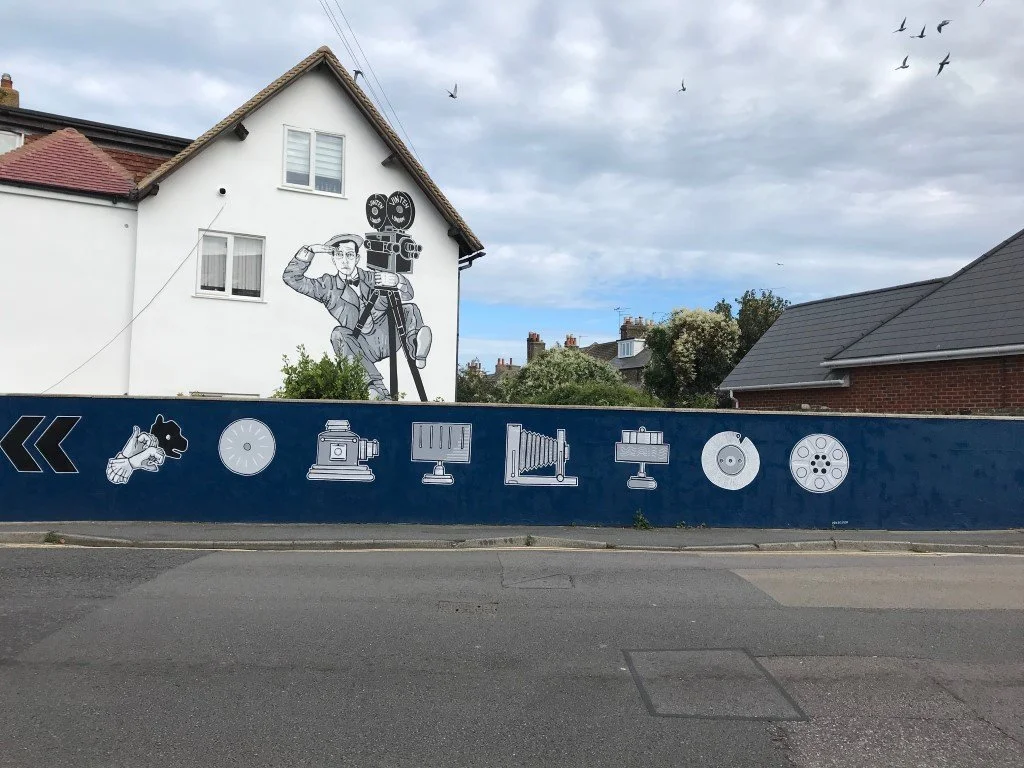The story behind Deal's Kent Museum of the Moving Image
Renowned British Film Institute archivists work to bring Deal’s Kent Museum of The Moving Image to life
Until very recently, you could well walk by and not notice it. Indeed, I have, perhaps distracted by the salty sea air of delightful Deal, missing a sanctum of important cultural heritage right under our noses.
In a decommissioned old people’s home lies a museum of cinematic wonders, known as the Kent MOMI (@kentmomi) for the simple reason that one of its curators, David Francis, was a key figure behind the Museum of the Moving Image, part of the British Film Institute (BFI) complex on the South Bank in London, between 1988 and 1999.
Having originally opened in 2018, the museum shut its doors in December last year to have a rejig to improve its internal archive storage but also to undergo quite a dramatic facelift.
A stroll down Stanhope Road will see most to come face to face with a 30-foot mural of 1920s silent movie star Buster Keaton.
Francis curates the space with his wife Professor Joss Marsh - a film academic and daughter of legendary set designer Terrence Marsh (Lawrence of Arabia, Oliver!, Doctor Zhivago) – forming a duo whose career-spanning knowledge of film in popular culture and a passion for collecting could only have really led them down this path.
“One of our visitors has called the museum an Aladdin’s cave of cinema history, and that’s not a bad summary,” says Joss. “Our museum celebrates all the long, 360-odd-year inheritance of the moving and projected image, from candle-lit magic-lantern shows to modern cinema. Sometimes we try to reach even further back - after all, cinema was only one stage in the long history of the arts and technologies of shadows and light, which takes us back to cave painting.”
David says it is the desire to tell the whole story that has driven his collection during the past 50-something years.

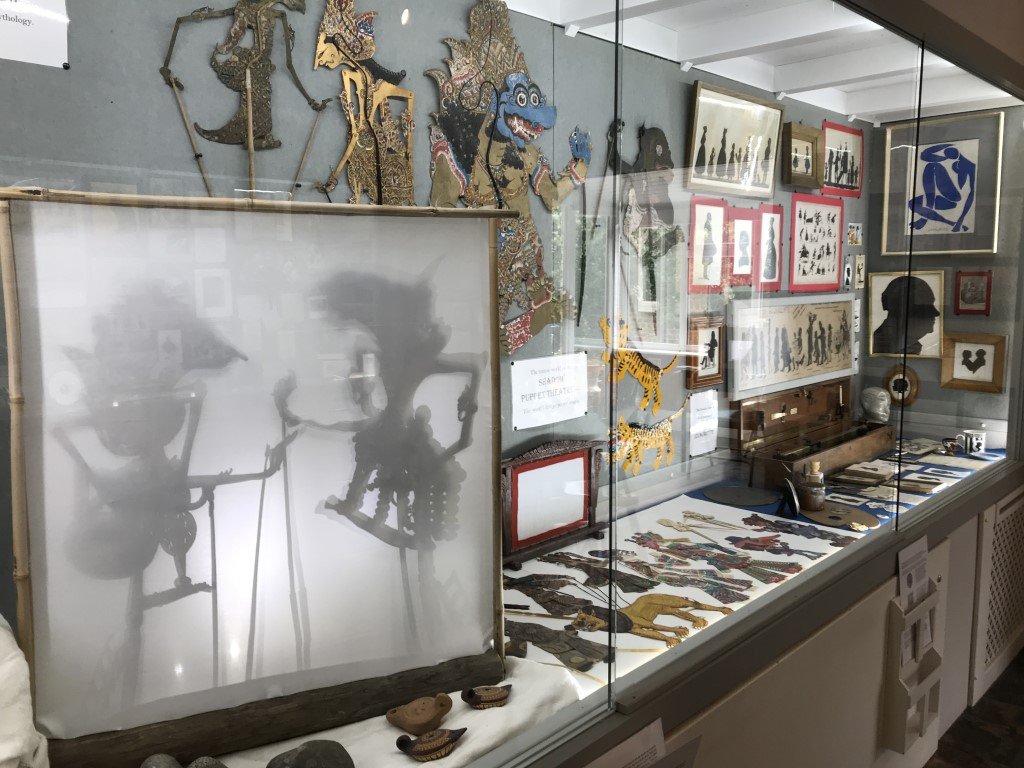
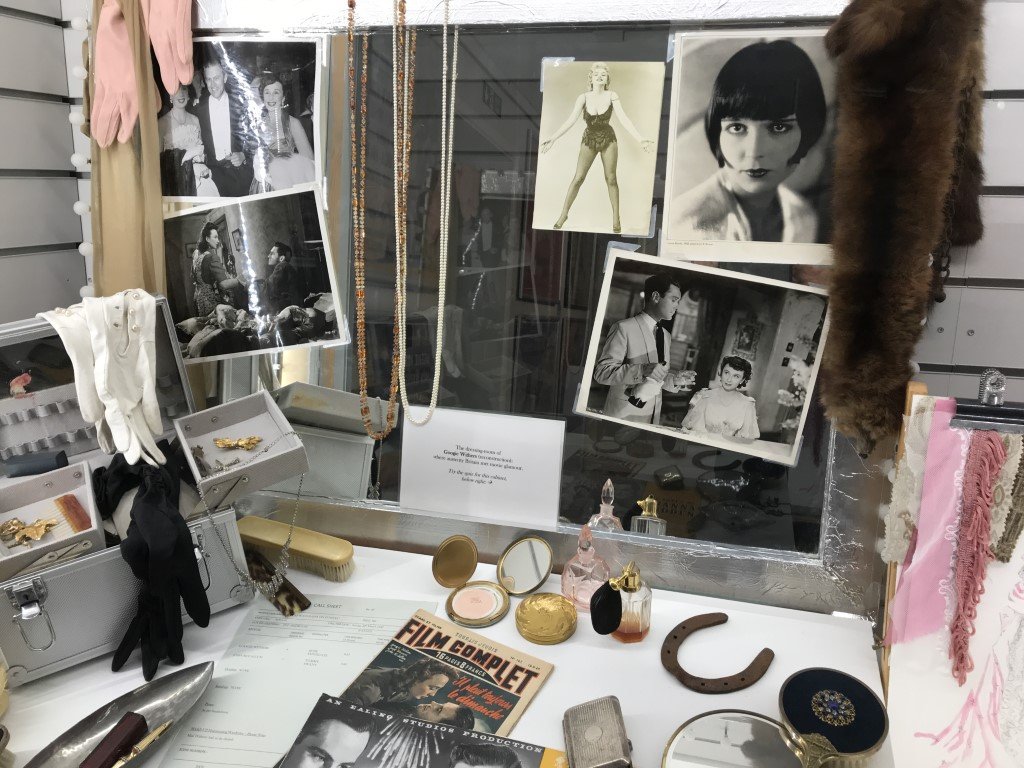
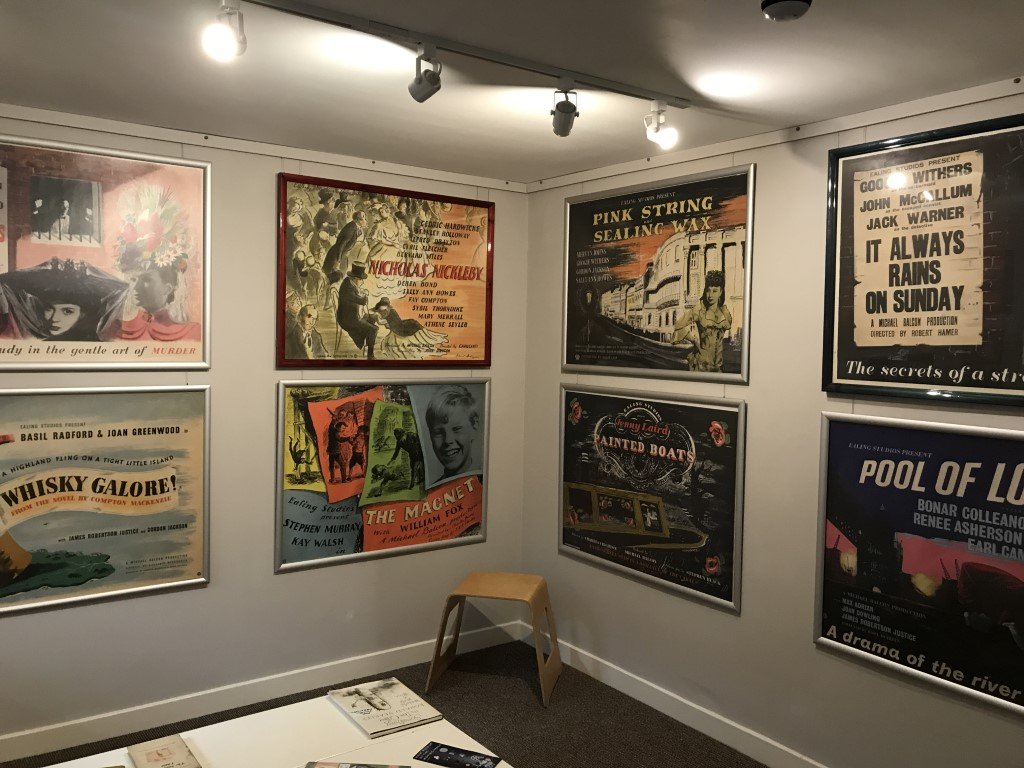

“The museum mounts revolving exhibitions, to build it up chapter by chapter: The History of Shadows, World War One on Film (cinema came of age during the war and it completely changed the world cinema map), Ealing Studios and the great Ealing film posters, Magic-Lantern Dissolving Views (Victorian super-spectacle!) and so on. There’s always something new to see.”
Determined to keep developing the museum, the closure in December last year was necessary to upgrade both storage and the experience of visitors.
“All museums are like icebergs - six-sevenths of their collections are below the waterline, in storage,” says Joss. “Our collection is huge - not what you expect in a small regional museum.”
David adds: “So, not surprisingly, from the moment we bought our building - the biggest building we could find in the centre of Deal, a decommissioned old people’s home - we had a huge storage problem. Our first target was quite simple: to build a storage extension.”
The couple had a stroke of luck in their quest for more space when a plumber discovered there was a fully-finished basement underneath the building that didn’t appear on the plans.
“And having the new storage means we have released space for a proper children’s area, a better café/bar, better screening facilities (very important) and, my favourite, a small but jam-packed second-hand cinema bookshop,” says David. “Joss used the time we were closed for building to work with brilliant volunteers and local actors on new audio tours and World War One film-clip loops - those should be installed by Christmas.”
The ties to cinematic royalty continue with a generous donation to the cause made by Joss’s stepmother Sandra Marsh, who is renowned for launching the first agency in Hollywood devoted entirely to behind-the-camera personnel like designers and cinematographers.
BRINGING IN BUSTER
The facade of the building was a completely different challenge.
“The pebbledash had made us invisible,” says David. “Even to people who walked up or down the street every day.”
Writing to friend Neal Potter - designer of the original MOMI - for ideas for the perimeter wall, he sent back four within 24 hours, including a design for a blue wall emblazoned with the museum’s name and logo and an even more striking white façade with a three-storey-high mural.
“We didn’t think we could go that far - but we applied for permission anyway,” says David.
Joss adds: “Which we got, thanks to great local support.”
Whitstable artist Ben Dickson, known for the Somerset Maugham mural in his hometown, was brought on board.
“It was Neal who suggested Buster Keaton and, like all of his suggestions, it was exactly right,” says Joss. “We are a very serious museum - we have a 10,000-volume library and we research our exhibitions in depth (World War One on Film took a solid five years). But you won’t find many museums that have jokes hidden in random drawers and cupboards, as we do - we enjoy hearing the laughs when people find them! The figure of Buster Keaton sums us up perfectly: Keaton was a very serious film artist, but behind Buster’s unchanging deadly-serious expression - his ‘great stone face’ - was pure comic joy.”
David adds: “Some people will say ‘Why isn’t Buster climbing the legs of a silent-era camera?’. Well, that’s a deliberate anachronism. We wanted Buster to be surveying the horizon for today’s visitors from the vantage point of a cine-camera that is instantly recognisable as a cine-camera. We chose a Vinten as a homage to that enormously innovative British company. You’ll see it from the train station when you come to visit!
“But no one will ever walk past this building again and not realise it’s a museum.”
INFO: kentmomi.org

